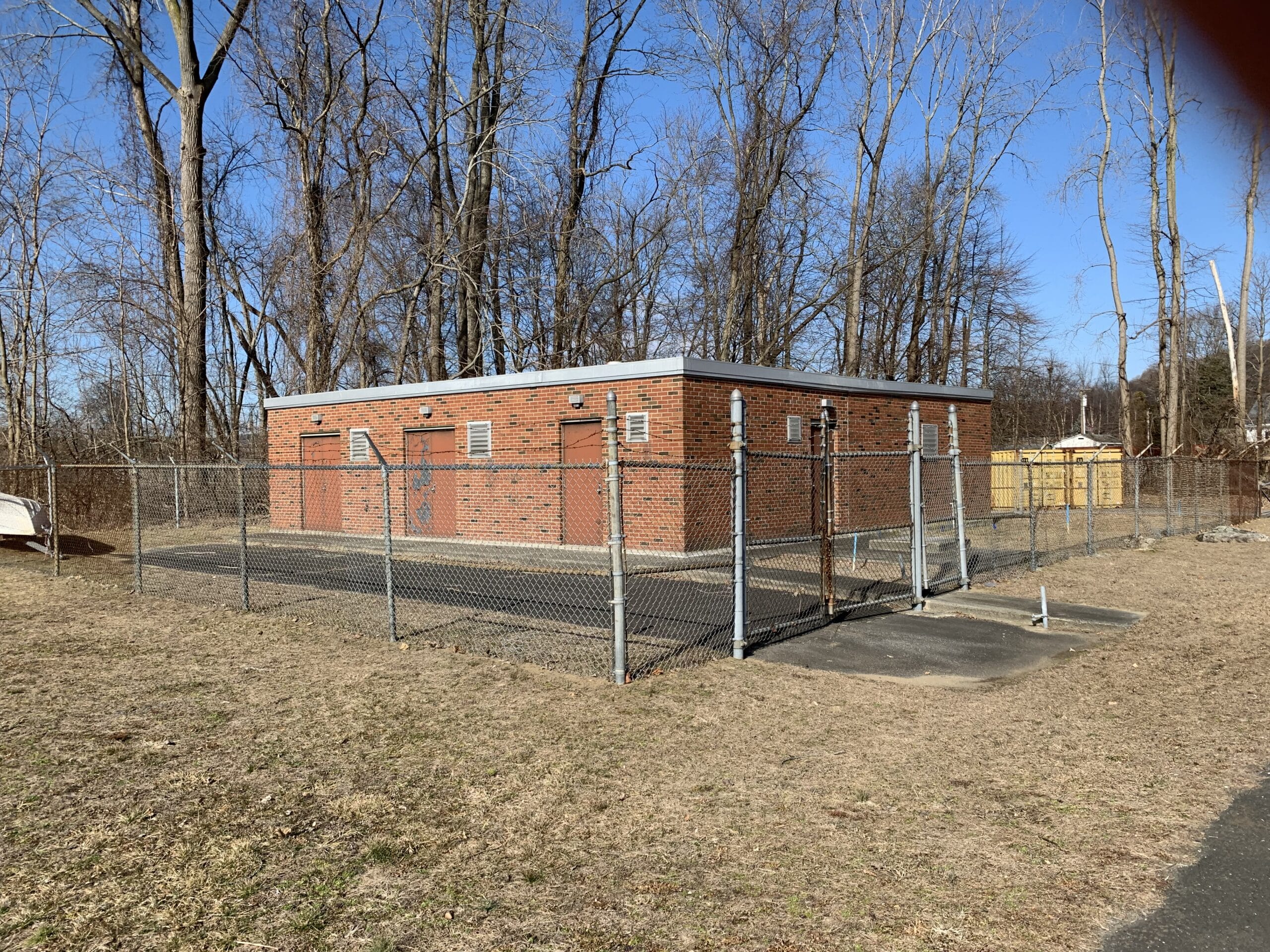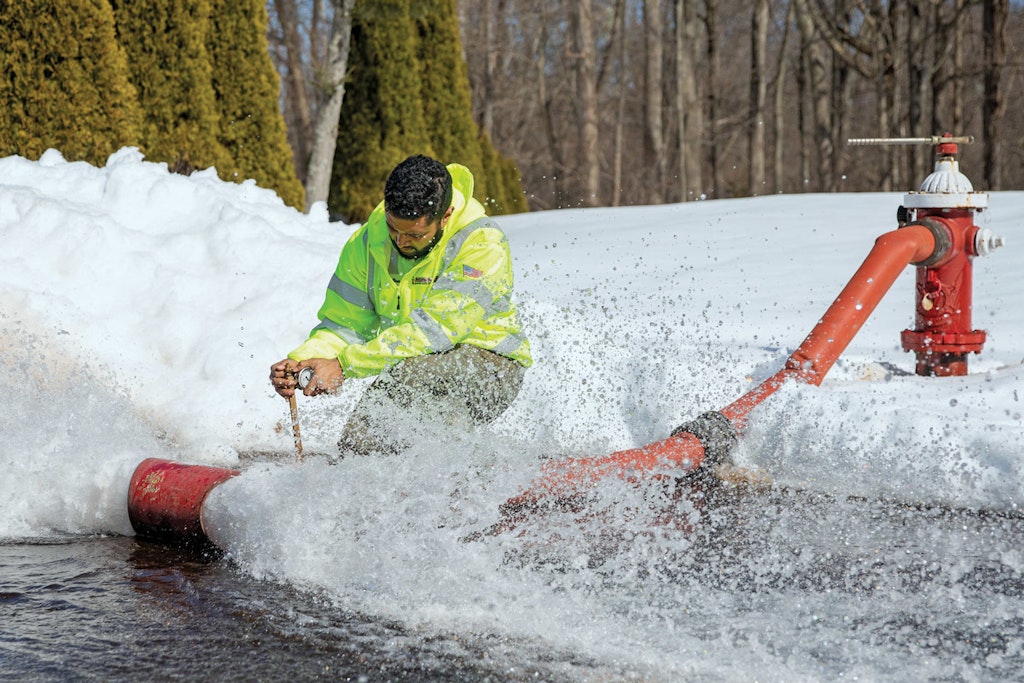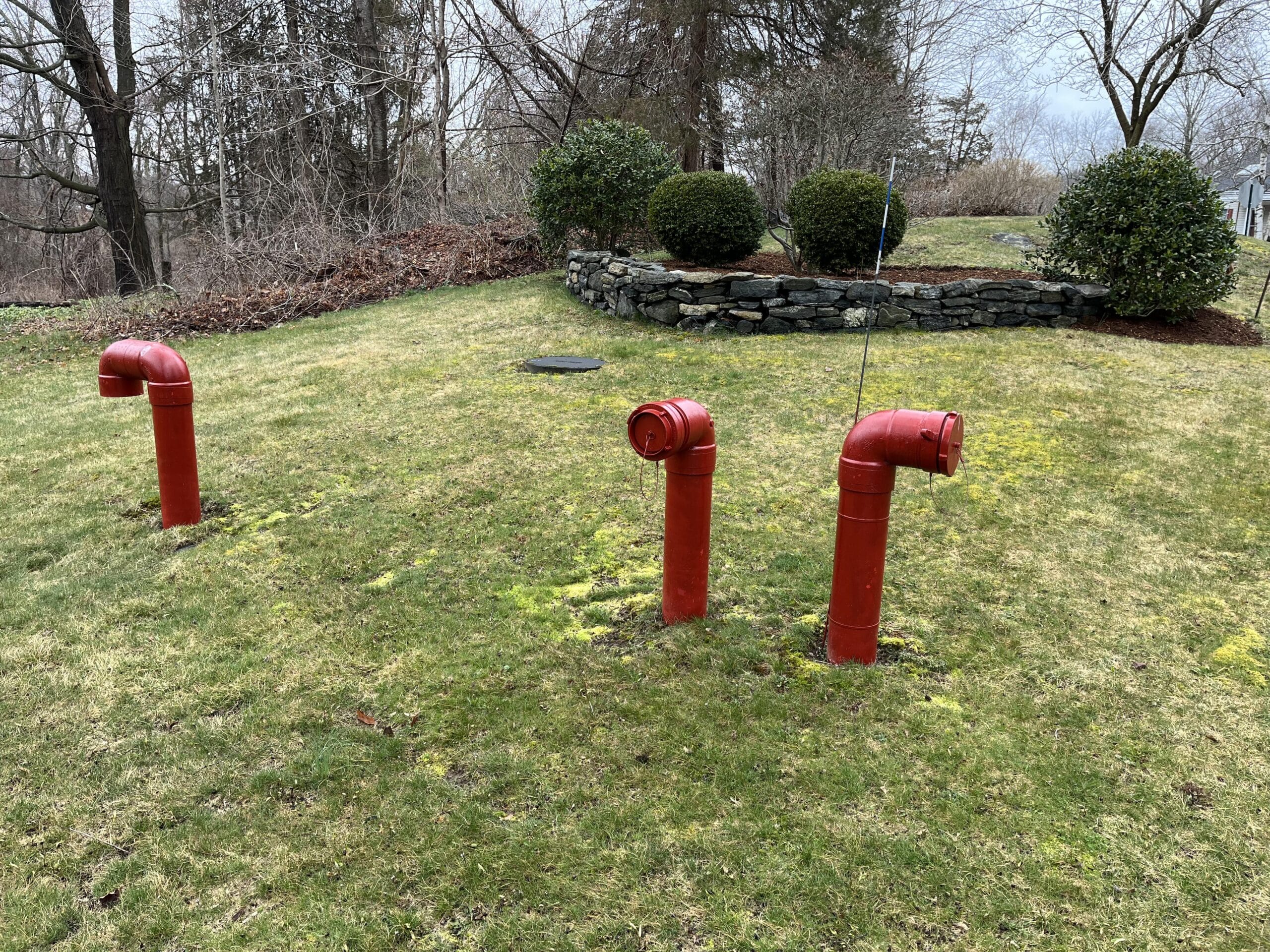Maine Water – Hydraulic Modeling & Fire Flow Analysis
Tata & Howard completed the Water Distribution System Comprehensive System Facility Plan for the Maine Water Company – Biddeford/Saco Division in 2013. This plan included updating and verifying the system’s hydraulic model and was utilized to develop distribution system recommendations for existing and future demand conditions. Prioritized recommendations were developed for future implementation. The recommendations included distribution system operation and maintenance practices and water main improvements to strengthen transmission capabilities, promote looping and mitigate fire flow deficiencies.
Based on Tata & Howard’s knowledge and experience with the Maine Water hydraulic model, and the regional increase in residential development, T&H has recently been retained to provide hydraulic modeling and fire flow analysis for several proposed subdivisions or areas of critical concern including:
- Sumter Landing – Old Orchard Beach, ME
- West Saco Development – Saco, ME
- Portland Avenue – Old Orchard Beach, ME
- Breakwater Retirement Community – Rockland, ME
Another task requested by Maine Water was identified based on historic concerns for fire flows in the system’s low service area in Biddeford, ME. Tata & Howard produced model iterations to identify the most appropriate location for a pressure reducing valve (PRV) vault from the high service area to allow additional flow in case of a fire. Several locations were identified and modeled with the Pike Street boundary location determined to be the most appropriate from a constructability standpoint. Subsequently, Maine Water negotiated a design contract to prepare bid documents for the PRV structure and appurtenances.
Finally, due to historic water quality concerns in the Pine Point area of Saco, ME, Maine Water retained Tata & Howard to run an Extended Period Simulation (EPS) for the Pine Point service area, and in particular, the Pine Point Storage Tank. During low demands in the off-season (winter) months, the Pine Point tank SCADA historically had indicated no changes in level. The EPS was developed using systemwide data and historic demands. Alternatives were evaluated including transmission line modifications/replacements, taking the tank off-line during the off-season, and evaluating a booster pump station to force cycling of the tank. Based on the results as well as factoring in operation and maintenance costs associated with the alternatives, design of a booster pump station was recommended.







